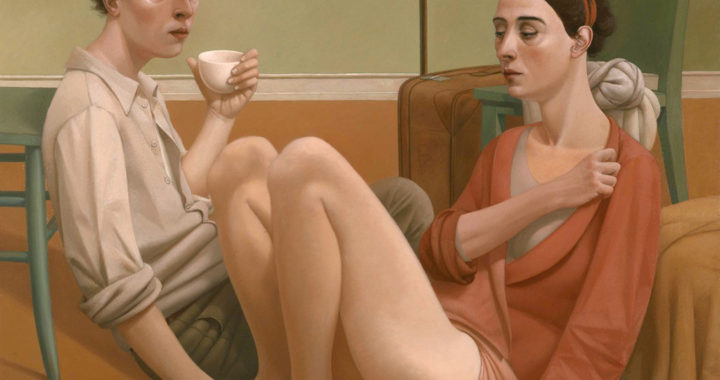
Felice Casorati’s Susanna and My Paintings
Then and there, that one painting stopped me and held me captivated. The other rooms I had just seen disappeared from my consciousness.

Then and there, that one painting stopped me and held me captivated. The other rooms I had just seen disappeared from my consciousness.
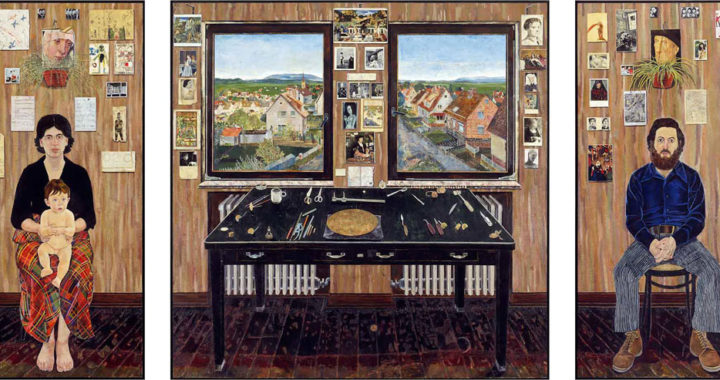
Since most of the published responses to The Fulbright Triptych have been in the form of essays, rather personal ones at that, let me begin with a confession, as personal as the triptych itself by Simon Dinnerstein.
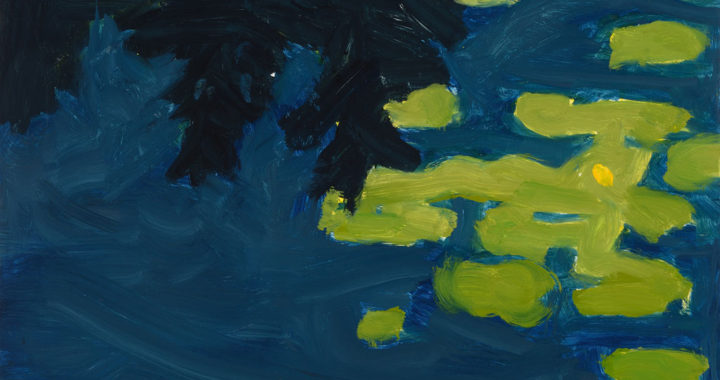
These are not a reinterpretation of Monet—unlike many American artists, Katz never went to Giverny—but a genuine tribute to the French masterpieces.
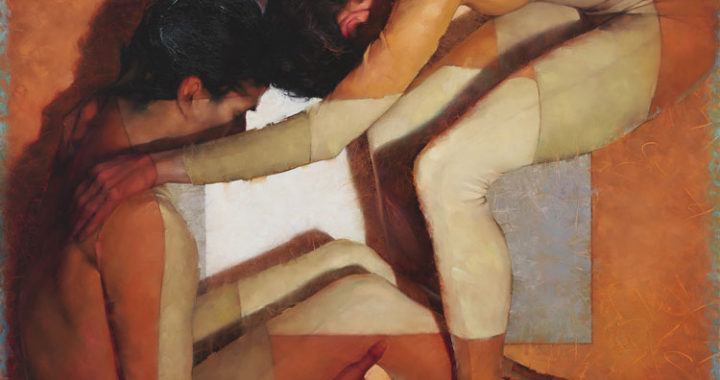
In 1937, pioneering choreographer Martha Graham noted the power of dance to express “the depths of man’s inner nature, the unconscious, where memory dwells.”
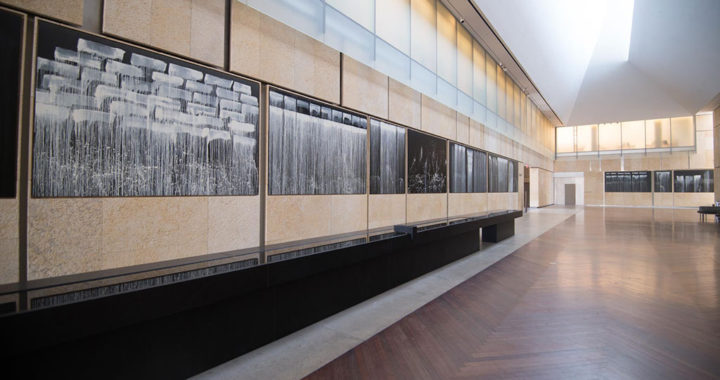
Today’s artists, curators, and critics often assert that works of art themselves actively explore elements of human society, trouble conventional wisdom, demand that their audience consider specific issues, or otherwise directly affect their viewers and the world around them.
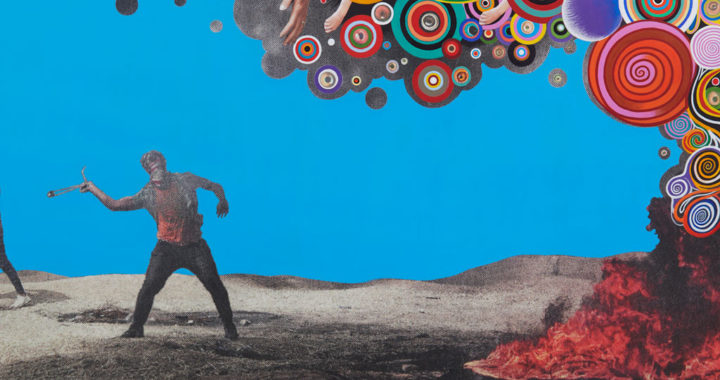
Tomaselli acts as a visual editor, cropping and recomposing cover stories while communicating his political views in his highly recognizable style and art historical approach.
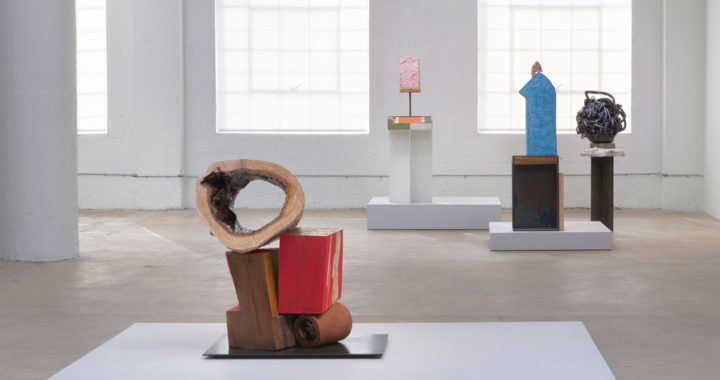
In the world of Arlene Shechet, the gallery is a royal court.
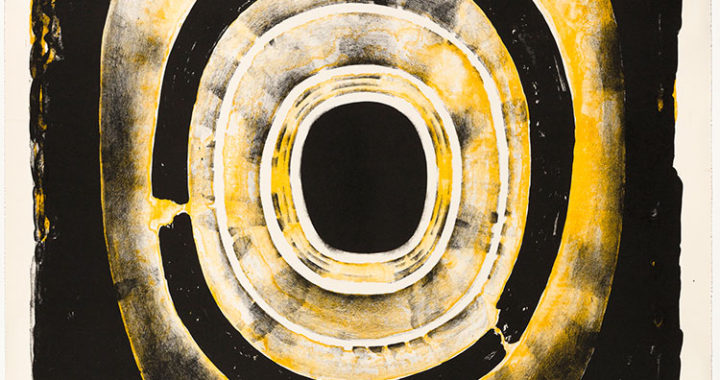
Voids, black holes, and cavernous openings show up frequently in the work of Lee Bontecou. She is best known for creating mesmerizing wall reliefs.